You’ve decided to make steak in your cast iron tonight. But before the sear begins, the real work happens in your preparation for cooking steak on cast iron.
Many home cooks skip the marinade entirely. A quick seasoning of coarse kosher salt + ground pepper just before searing lets the beef shine without interfering with browning.
Salt 30–60 minutes ahead (or overnight) to let salt dissolve surface moisture and seep into the meat. If you crave extra flavor, you can use a mild marinade (olive oil, herbs, minimal acid). But avoid soaking—excess liquid makes a crisp crust harder to form on cast iron.
What changes if you don’t marinate: Without a marinade, your steak has less exterior flavor layering, but you gain a cleaner sear and more control. The pure beef taste becomes front and center. If you do marinate, you risk a slightly softer crust or more steam during cooking—but get extra aromatic notes.
Steak Cooking Tutorial
Preheat your cast iron pan for 5–7 minutes over high heat until lightly smoking. Add a small amount of oil just before placing the steak. If you’re using a nonstick skillet, it can still work.
How to Achieve Desired Doneness
Listen for that strong sizzle — it means your skillet is ready. Use one of two searing styles:
Flip Once: Cook the first side for 2–4 min, flip, and finish on the other.
Multiple Turns: Flip every 20–30 seconds for even browning and temperature control.
When the center feels close to your preferred doneness, remove the steak and let it rest — the temperature will rise slightly as it sits.
Doneness temperature guide (internal temps):
Doneness Softness (Finger Test) Visual / Juice Clues Suggested Pull Time Estimate
Rare Very soft, gives easily
Deep red center; juices are red-pink
Sear 1½–2 min per side, then rest
Medium-rare Soft, with a bit more resistance
Warm red / slightly pink center; juices medium red
Sear ~2–3 min each side
Medium Firmer but springy
Pink center, less red juice
Sear ~3–4 min each side
Medium-well / Well Very firm, little give
Very light pink or fully brown inside; juices mostly clear
Sear ~4–5+ min each side
* The Suggested Pull Time Estimate is just a rough estimate and will depend on the thickness of the steak, the size of the stovetop fire, how well the pan is preheated, etc.
If things are browning too fast, turn down the heat. If nothing’s happening, increase it slightly and wait. Patience matters. The key is to keep the surface sizzling, not burning.
Sauce / Pan Juices
When nearly done, lower heat and add 2 tablespoons butter, garlic, and thyme. Tilt the pan and baste your steak for deeper flavor.
You can also deglaze with a splash of red wine or beef stock for a quick pan sauce.
For a richer finish, place a pat of butter on top while resting — it melts into the meat, creating a glossy, steakhouse-style sheen.
How to Choose the Best Cast Iron Pans
When you’re shopping for the best cast iron pans, it’s easy to get lost between coating types, handle designs, and endless reviews. Here’s a simple guide from a home cook’s perspective — so you can choose a pan that fits your lifestyle and lasts for years.
Coated vs. Uncoated
Modern coated cast iron pans often use a PTFE nonstick coating for easy food release and effortless cleanup. Is it safe? Yes — as long as it’s used below 500°F (260°C). Most high-quality, PFOA-free PTFE coatings remain stable under typical cooking temperatures. Problems only occur if you overheat an empty pan for long periods.
A nonstick coated cast iron skillet means less seasoning and easier cleaning — perfect for sticky or acidic dishes. On the other hand, uncoated cast iron pans require more care but reward you with unmatched searing power and natural nonstick performance as the seasoning builds up.
In short: if you prefer low maintenance, go coated. If you value tradition and high-heat searing, stick with bare iron. The best cast iron pans are the ones that match your cooking habits.
Full Cast vs. Riveted
Another key factor is handle construction. Full-cast pans, made from a single piece of metal, are extremely durable and oven-safe but can feel heavy. Riveted handle pans use forged or attached handles for a lighter, more ergonomic grip.
Riveted handles make flipping and lifting easier, though they may collect grease around the joints. Both types are sturdy and long-lasting — it simply depends on your comfort and cleaning preferences.
If you love the classic, solid feel, go for a full-cast iron pan. If you prefer something easier to maneuver, a riveted handle cast iron skillet offers better balance without sacrificing strength.
VIDEO
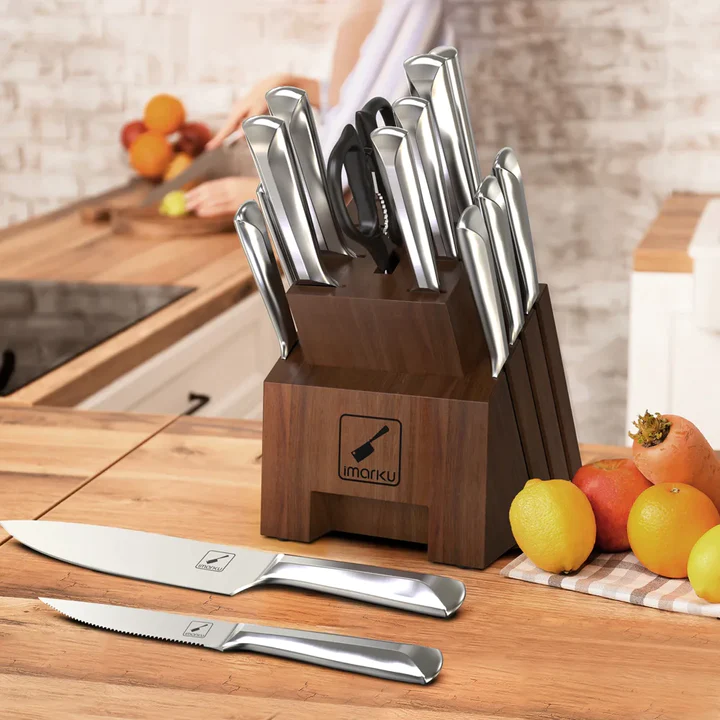
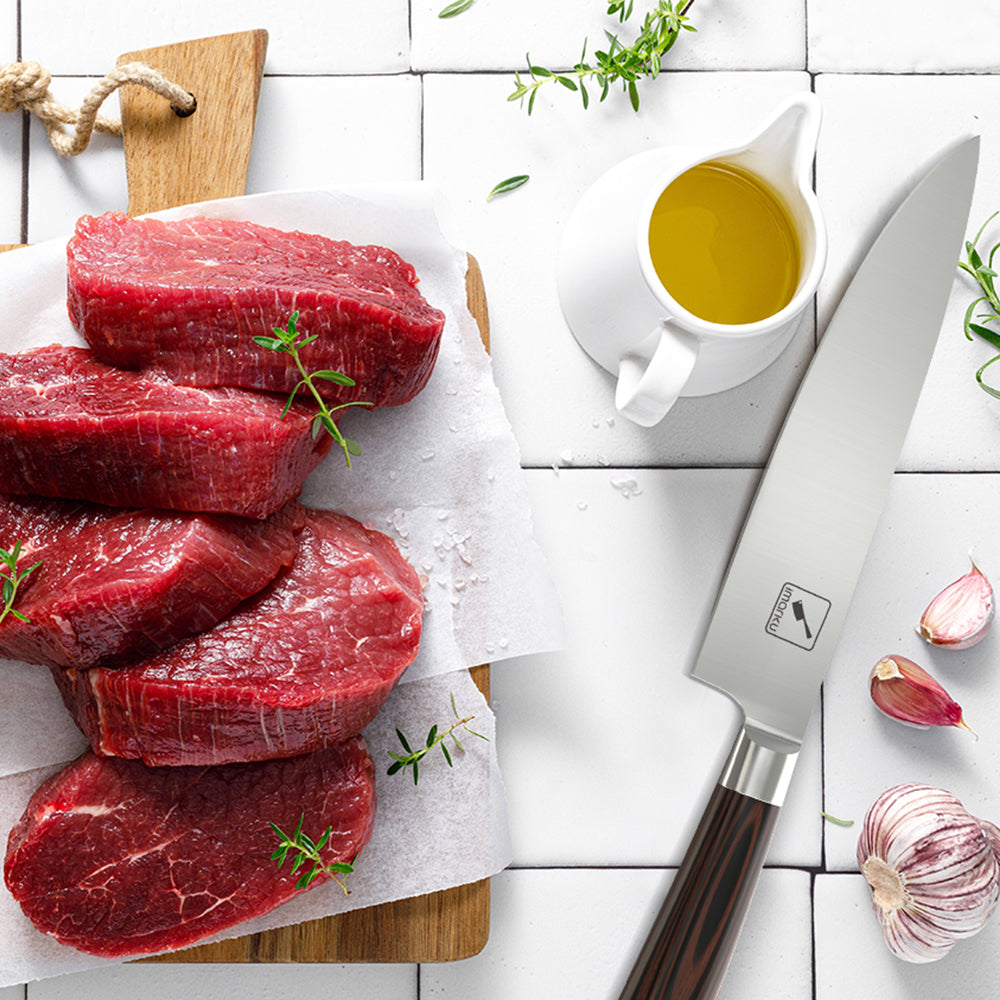


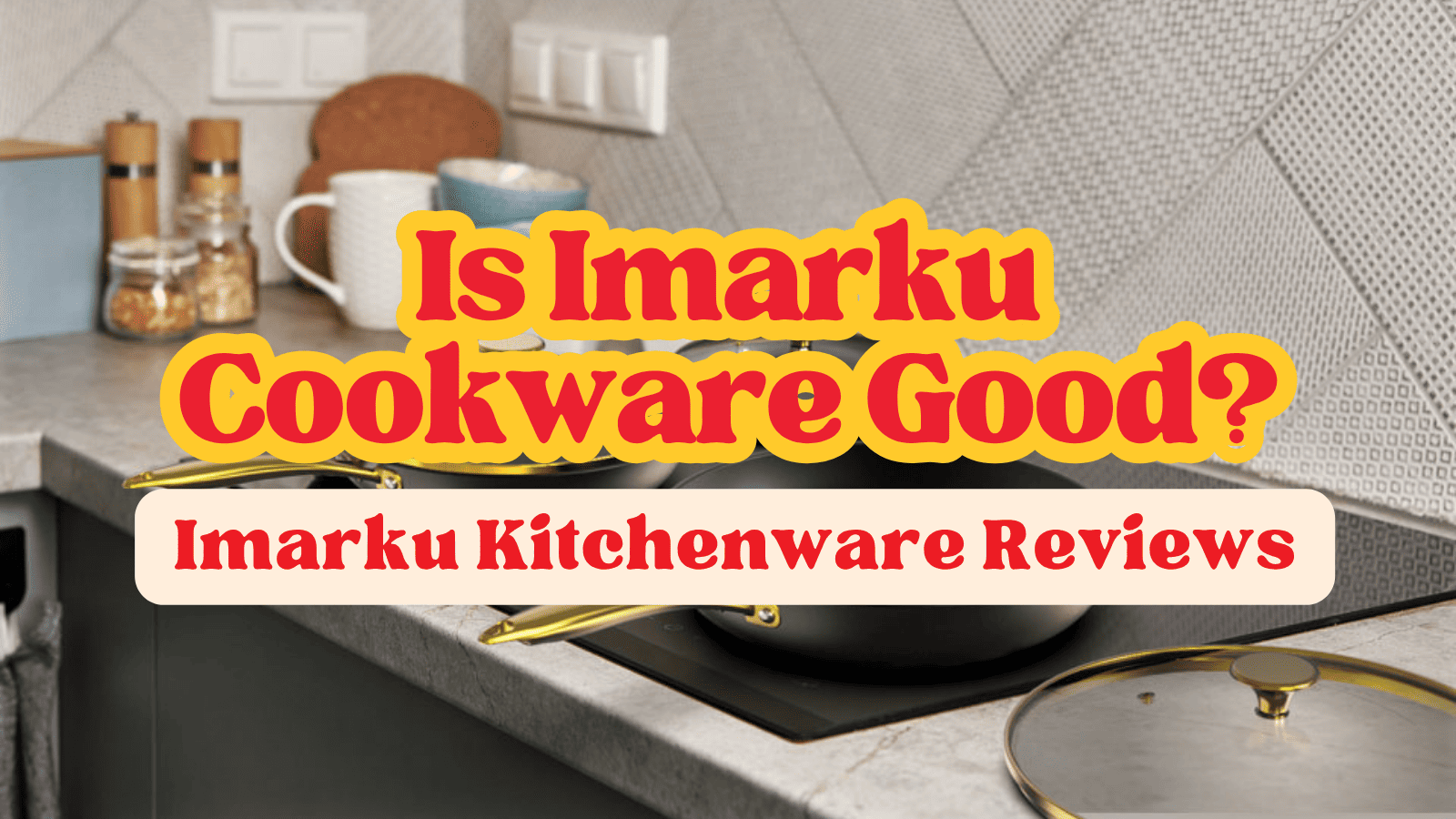

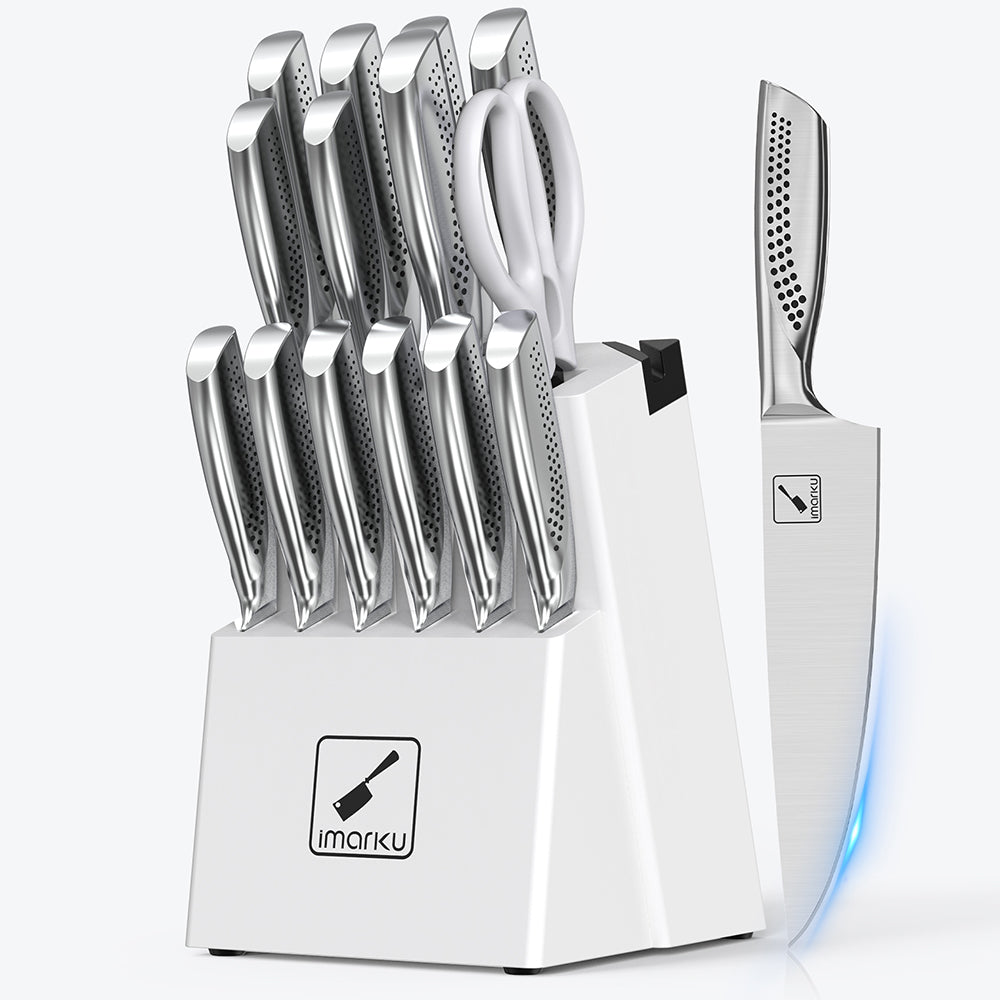
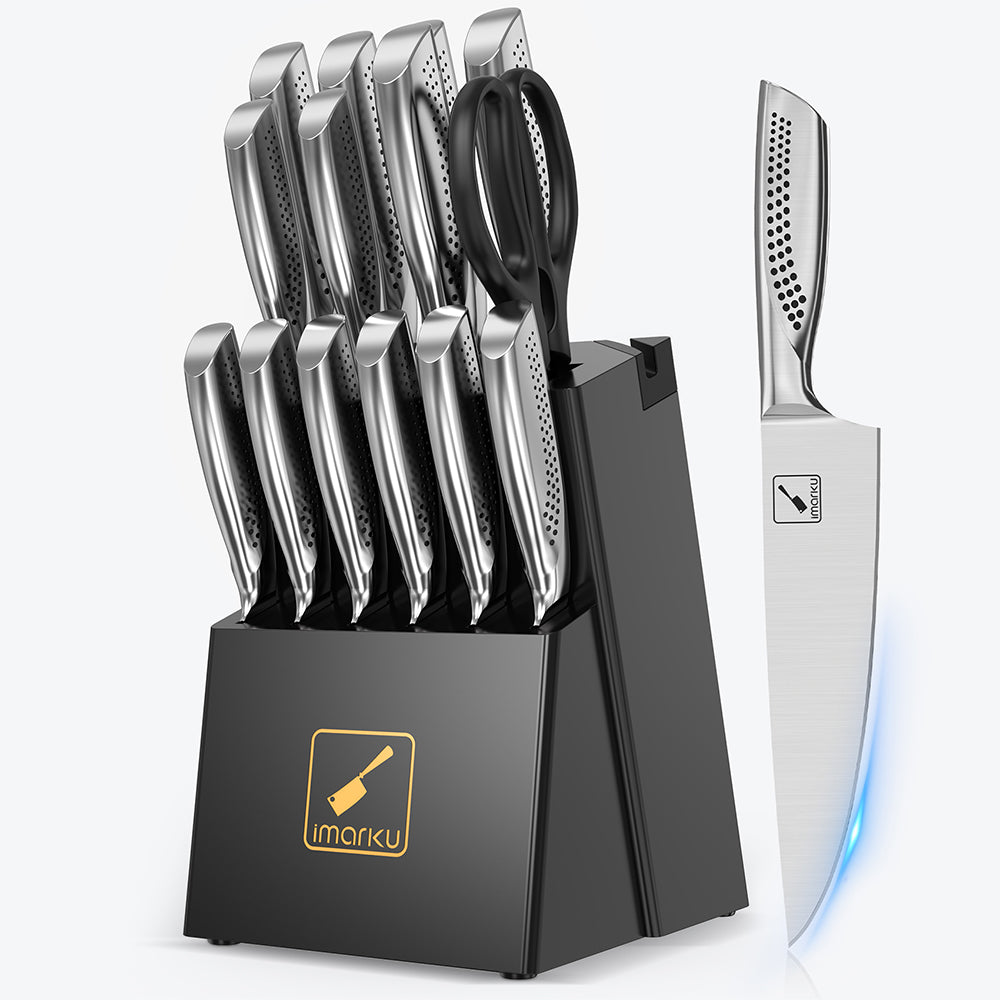
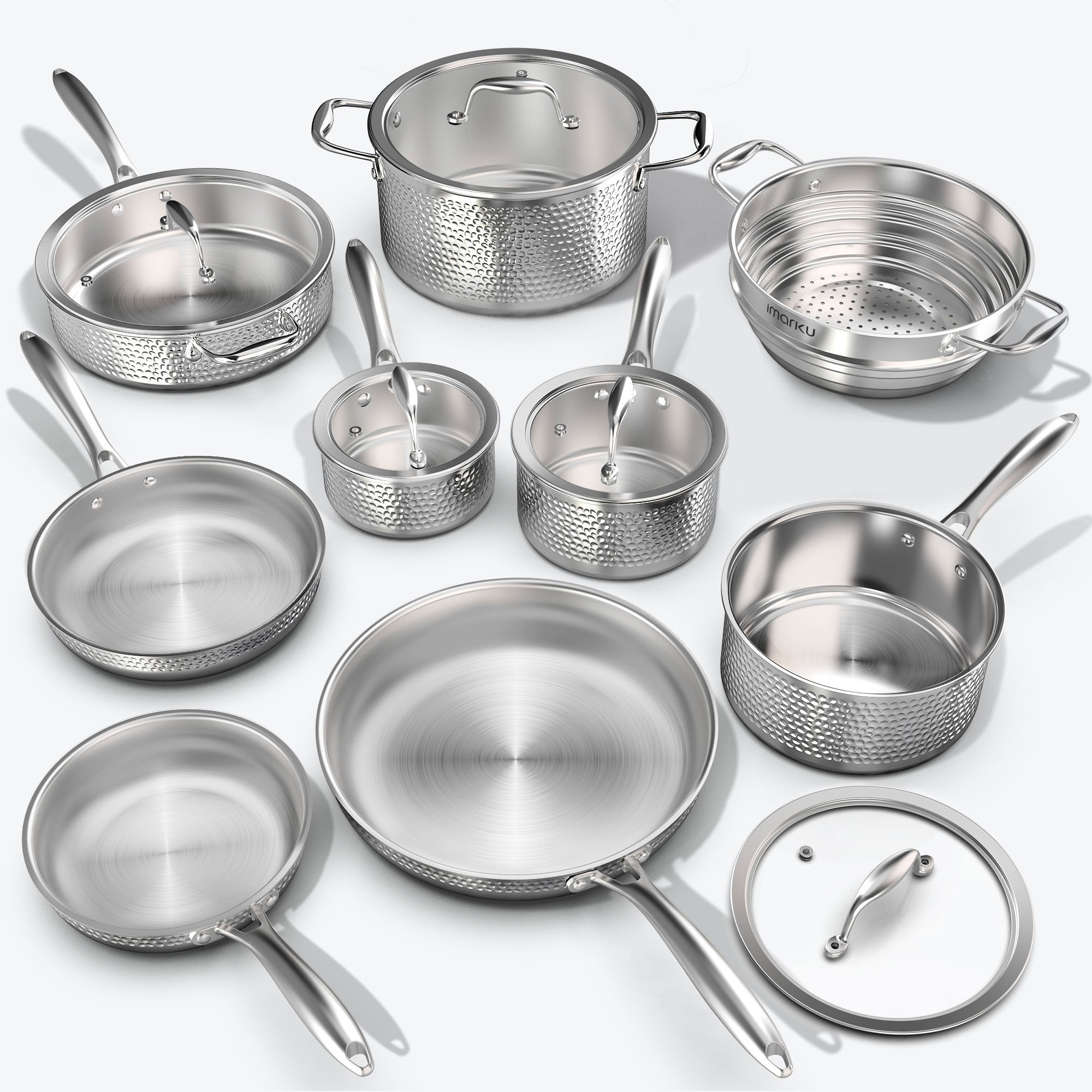
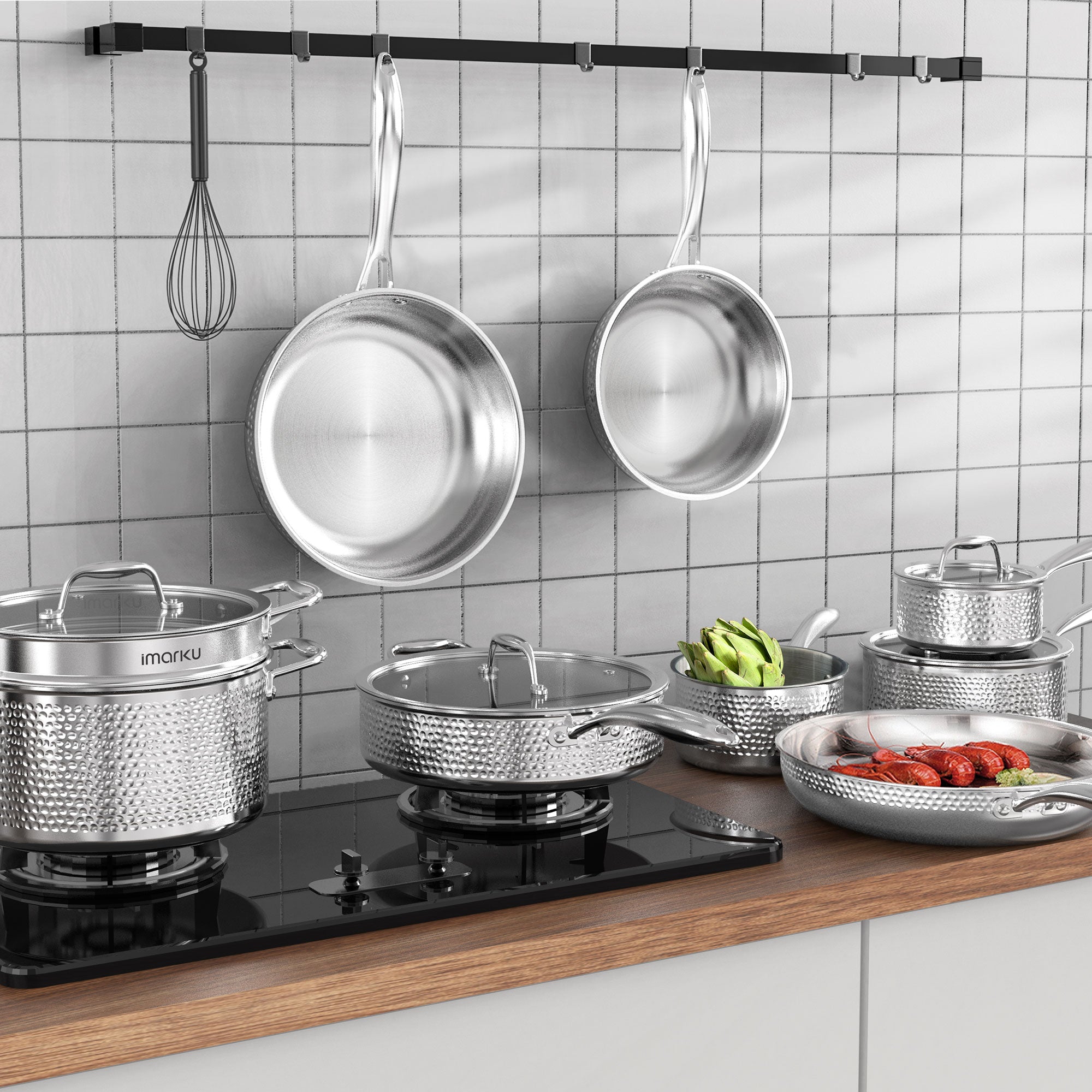
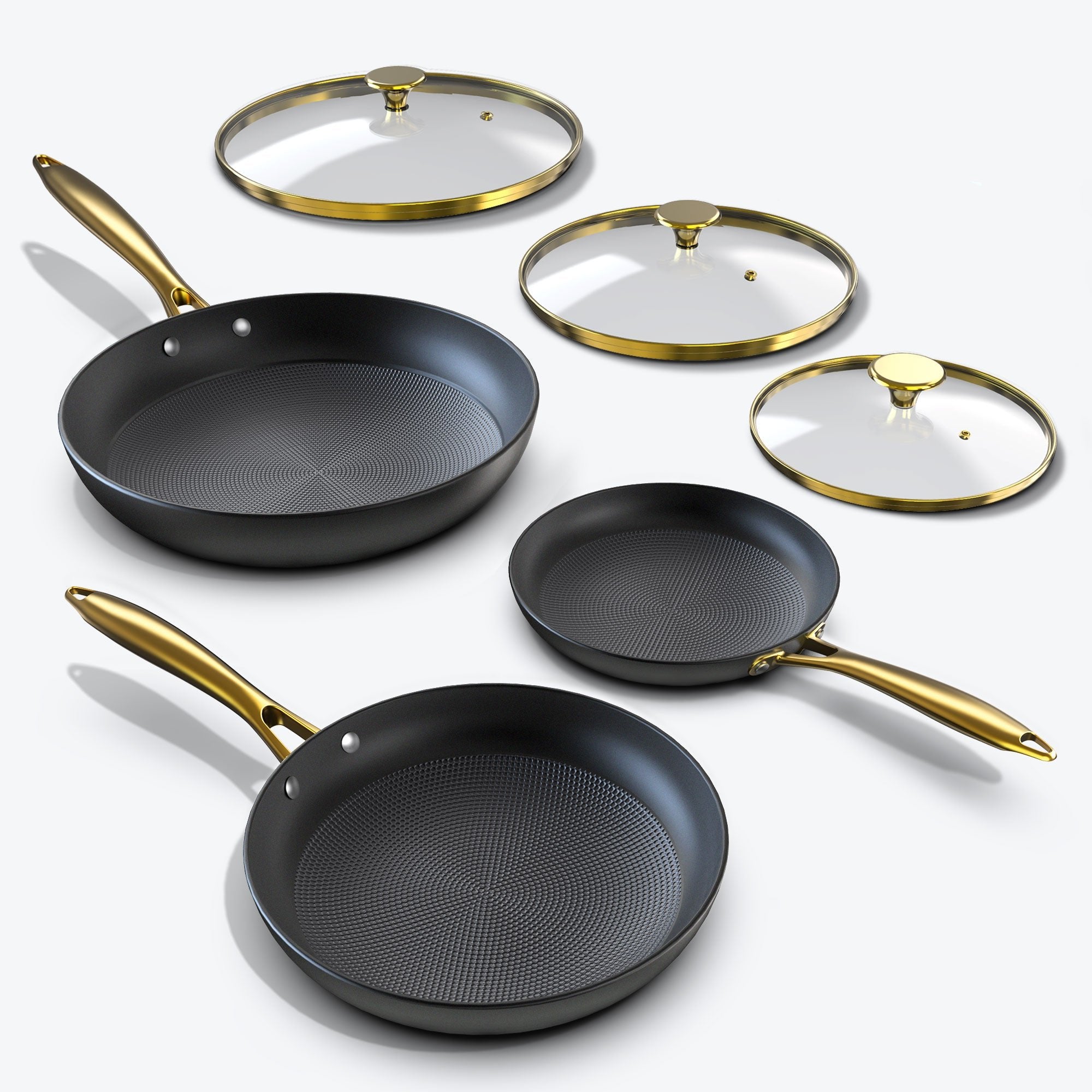
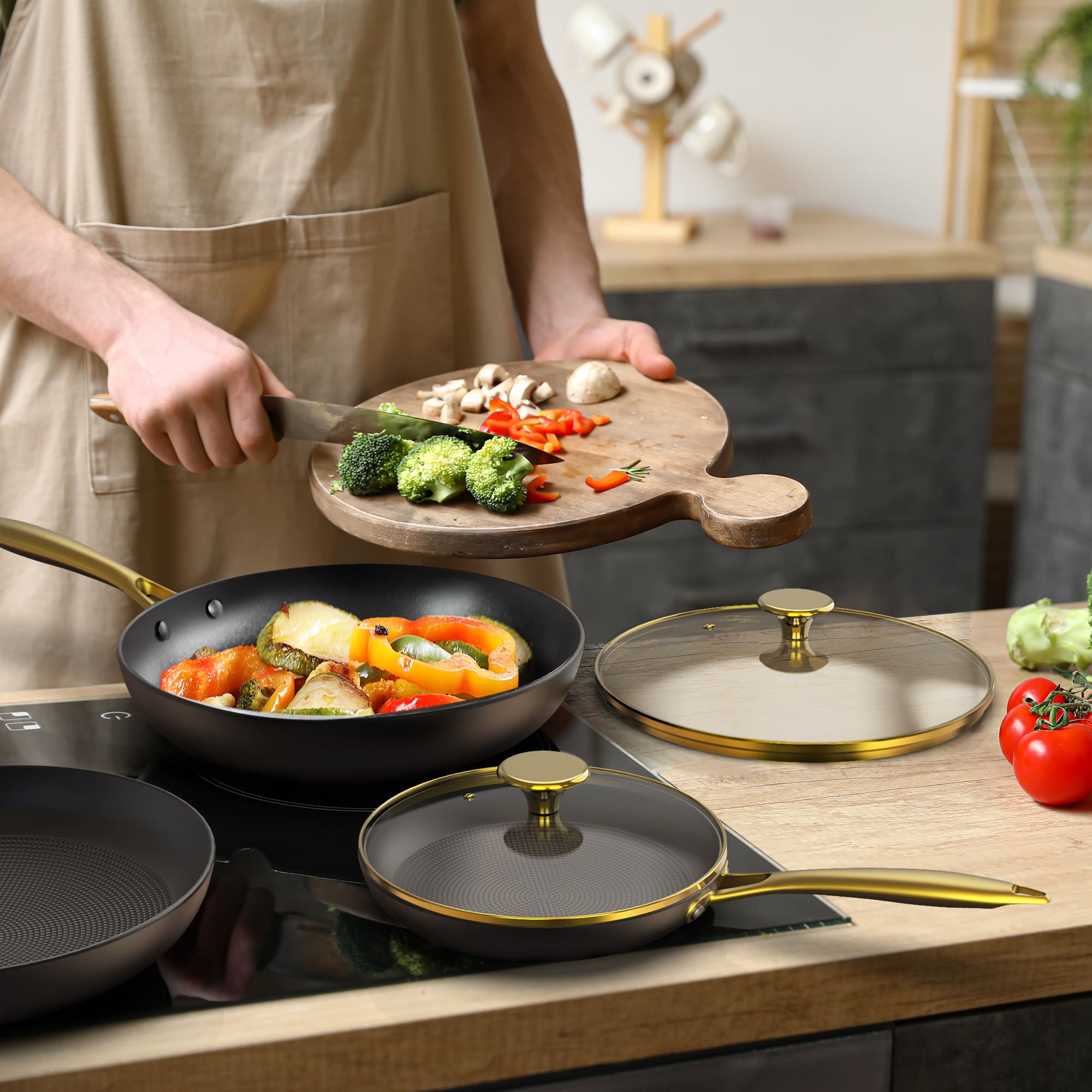
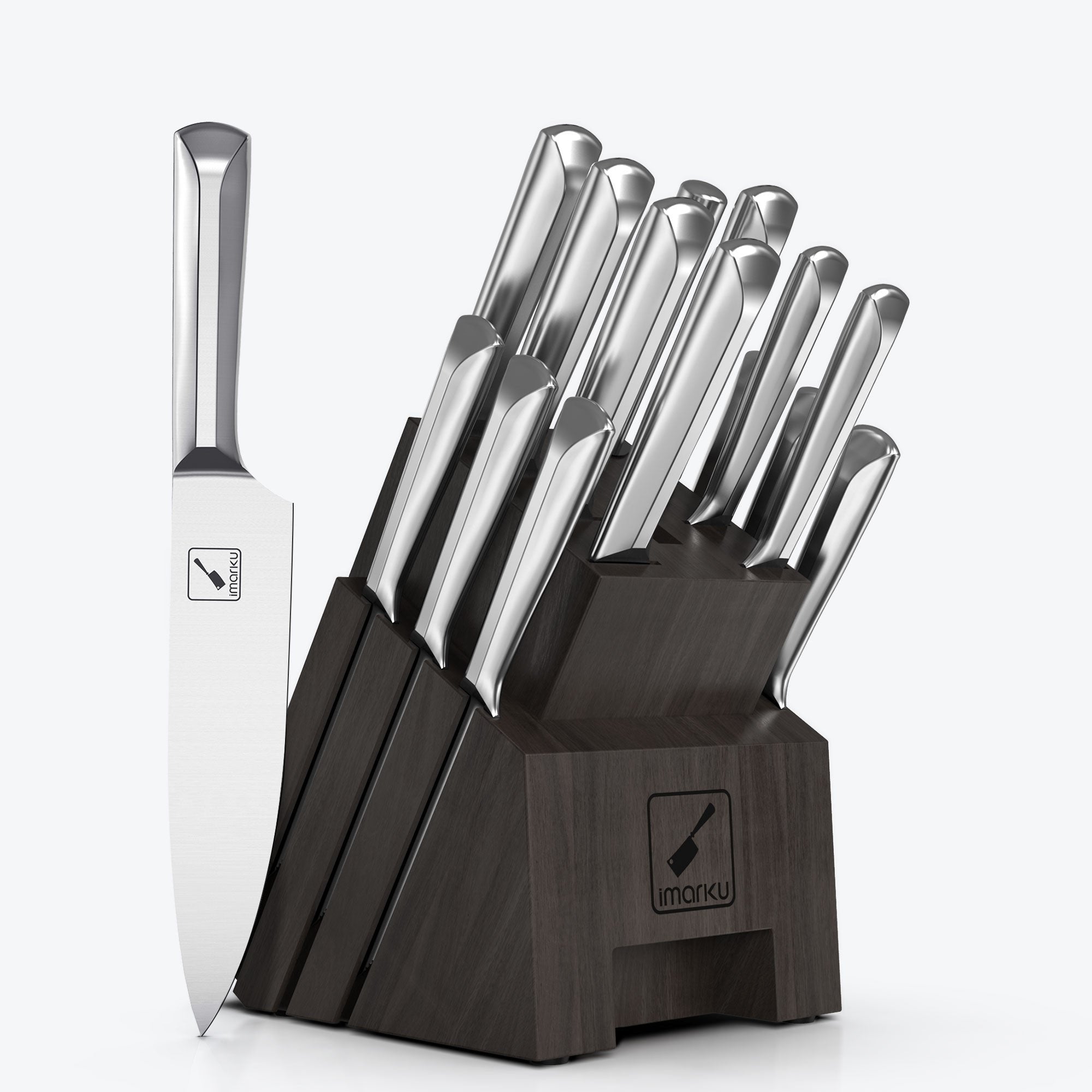
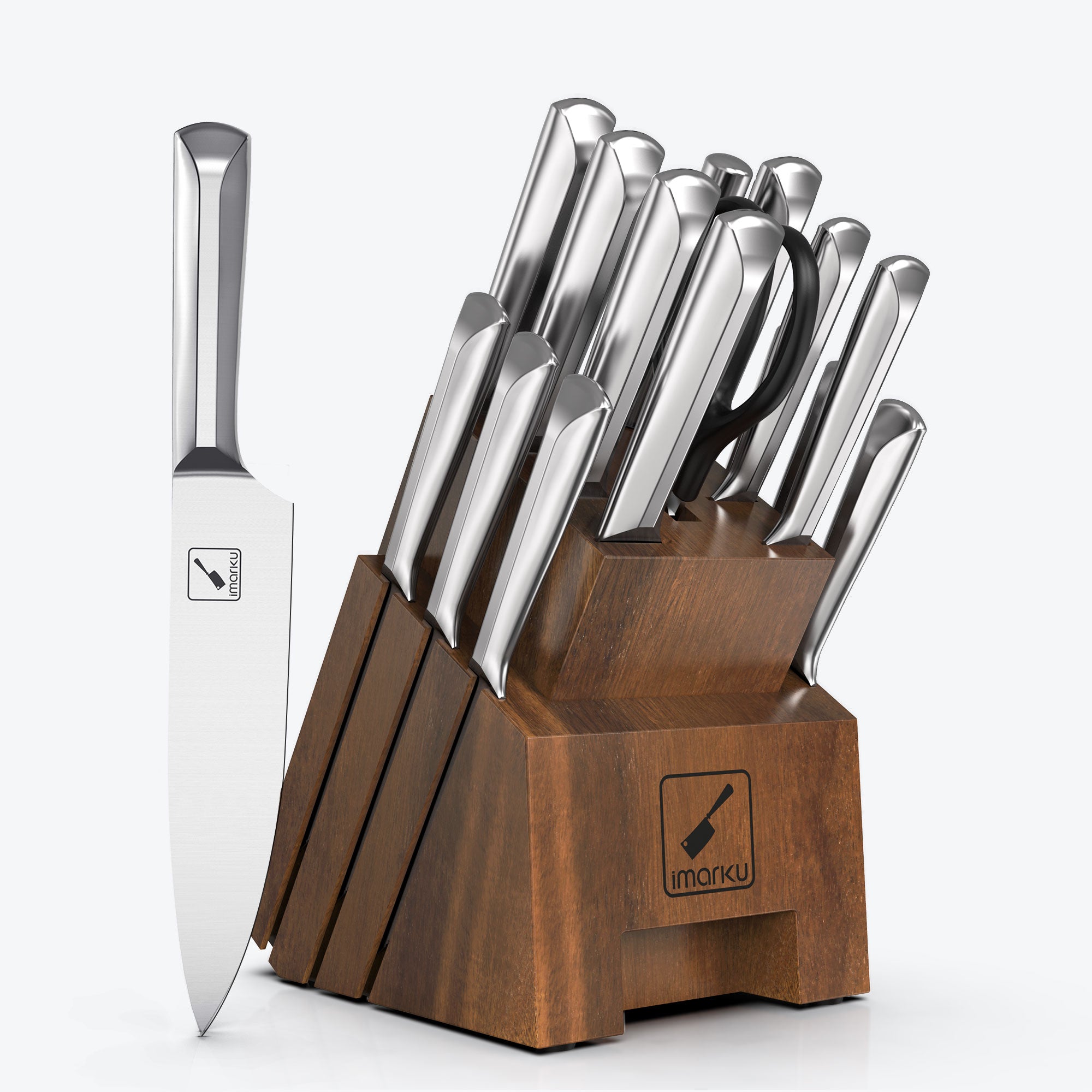
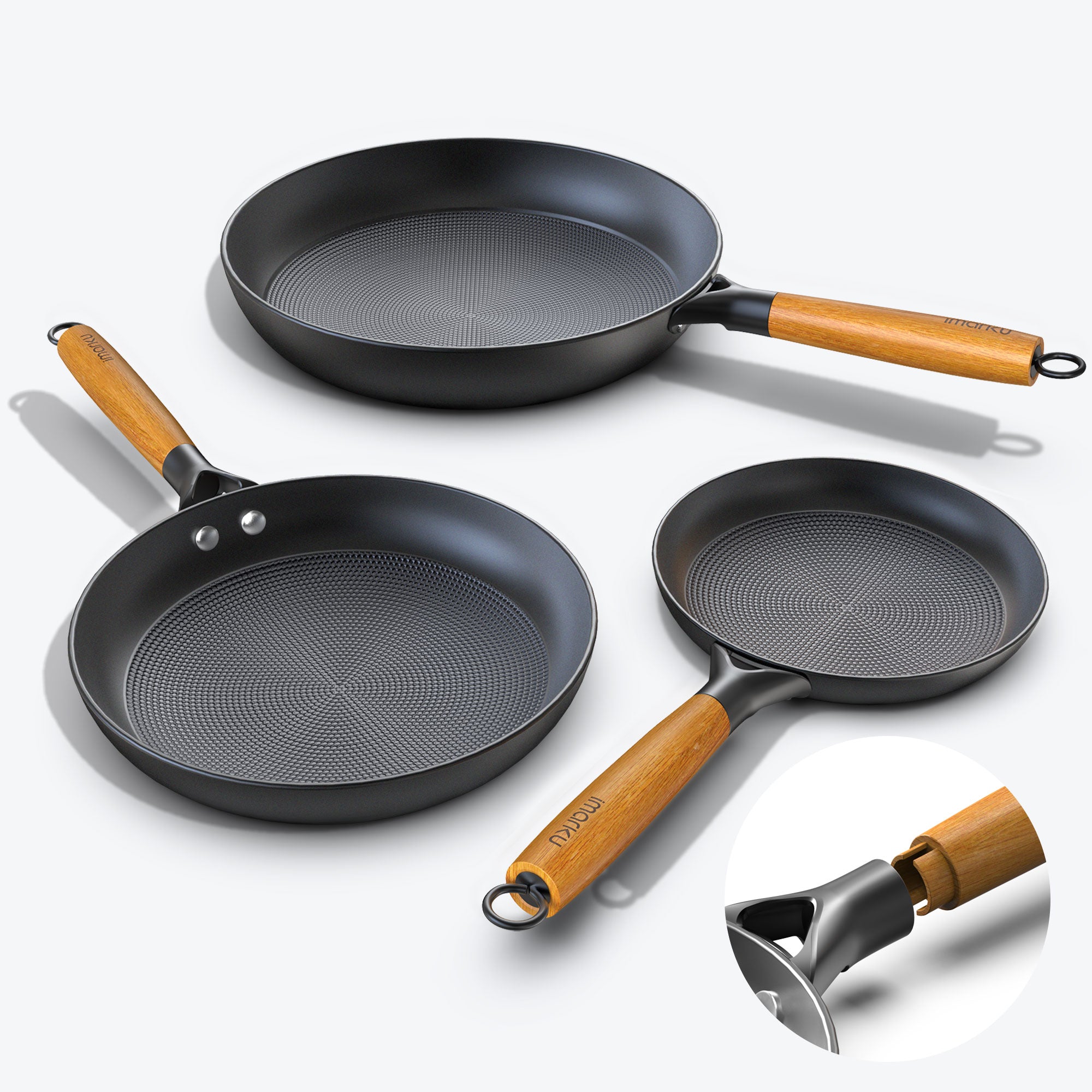
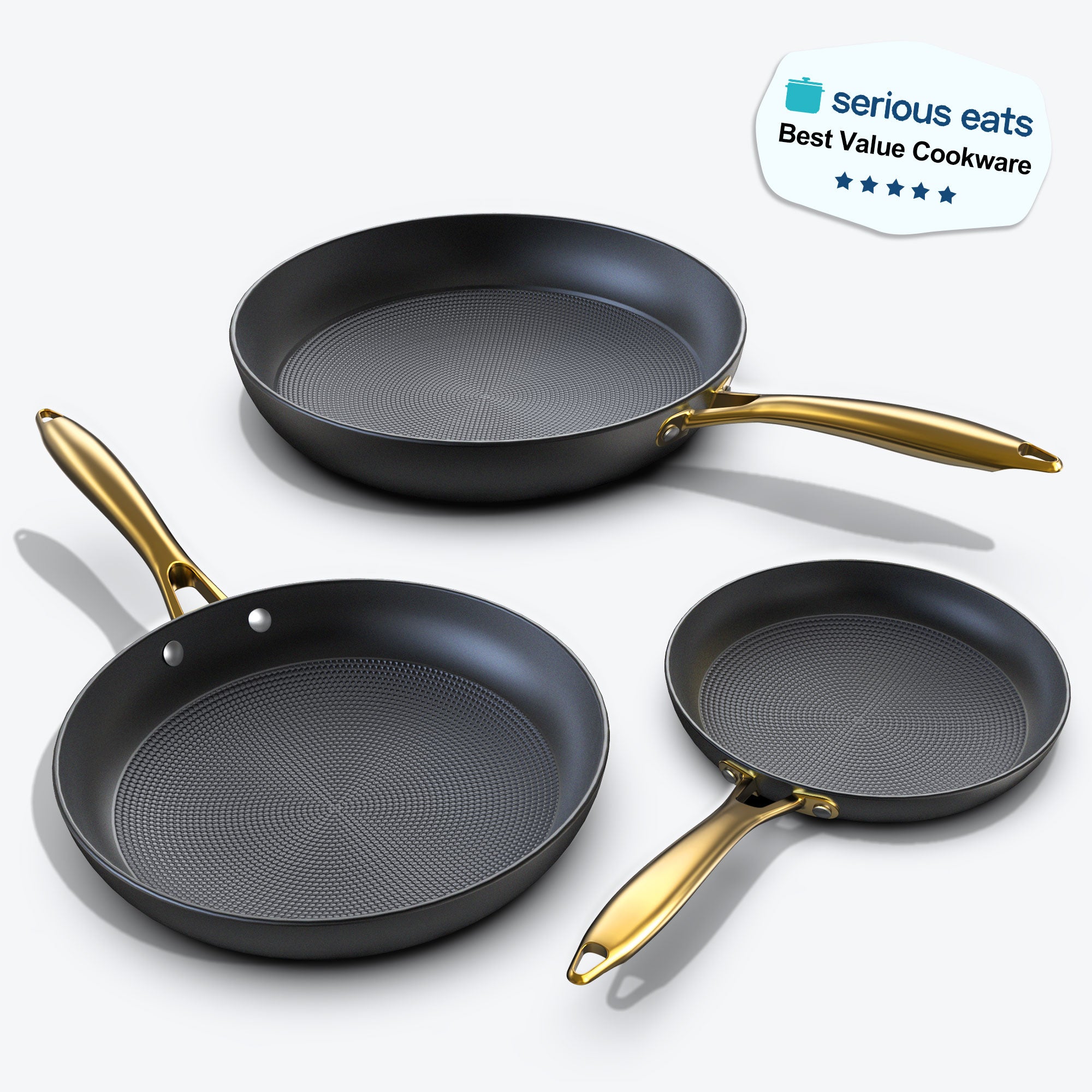
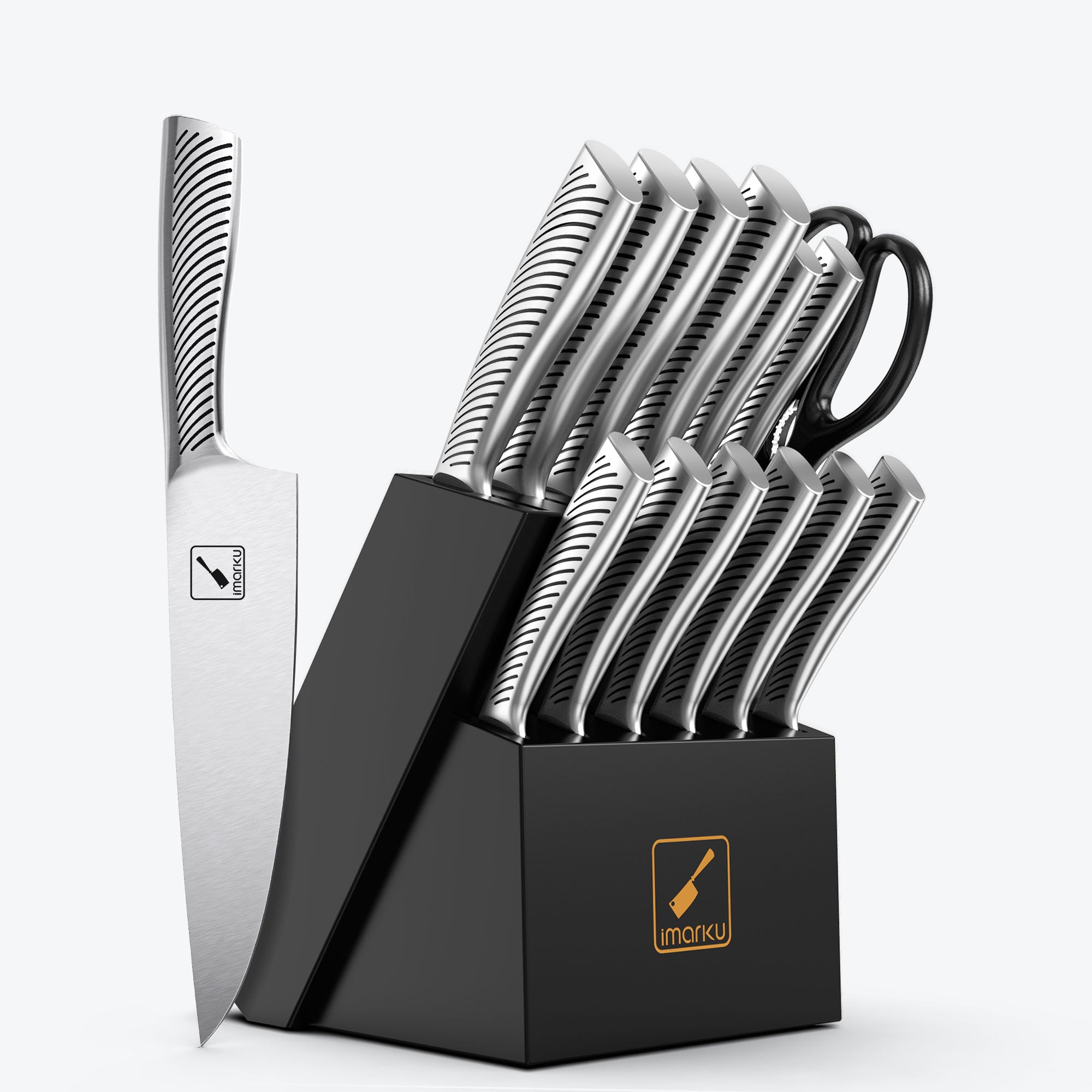
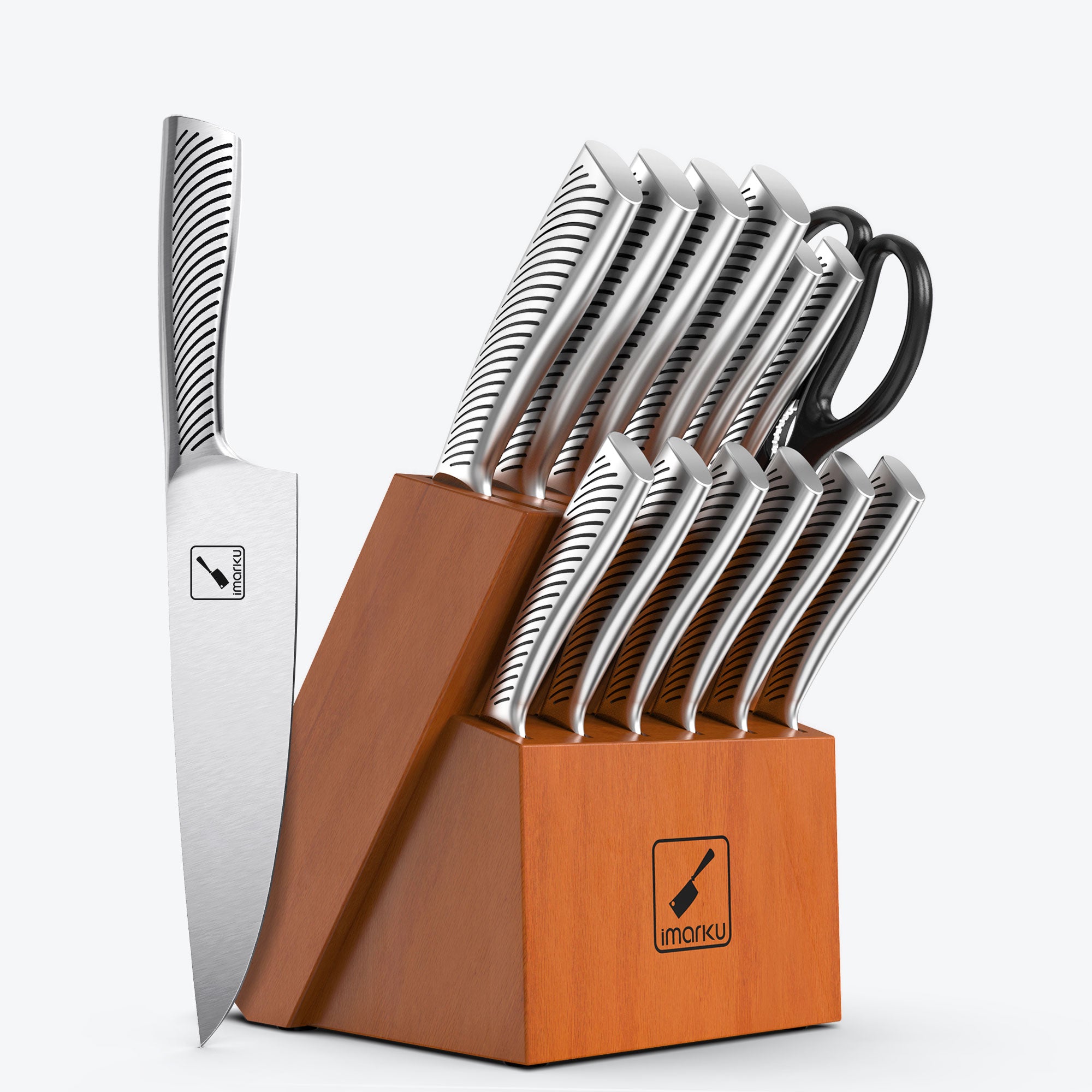
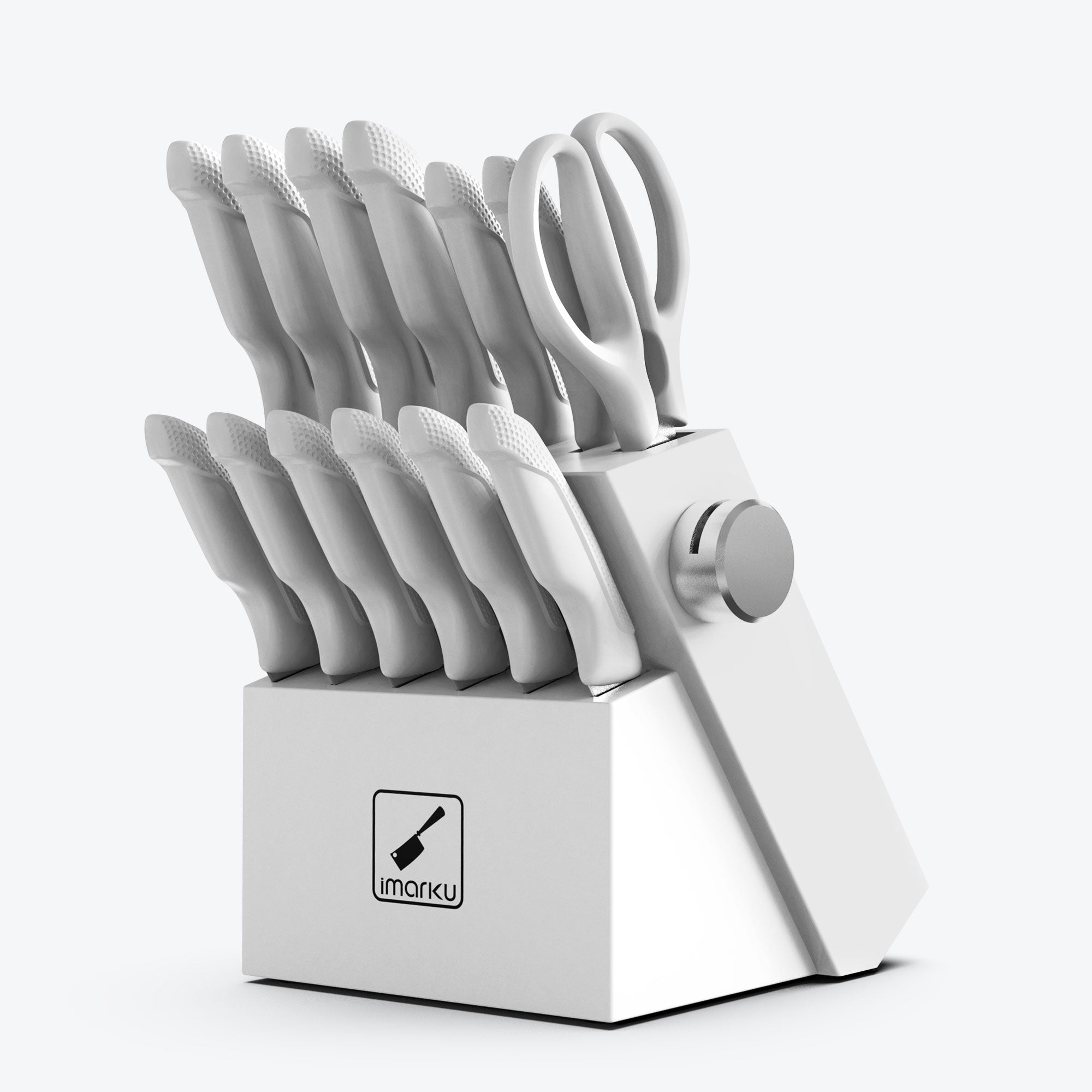
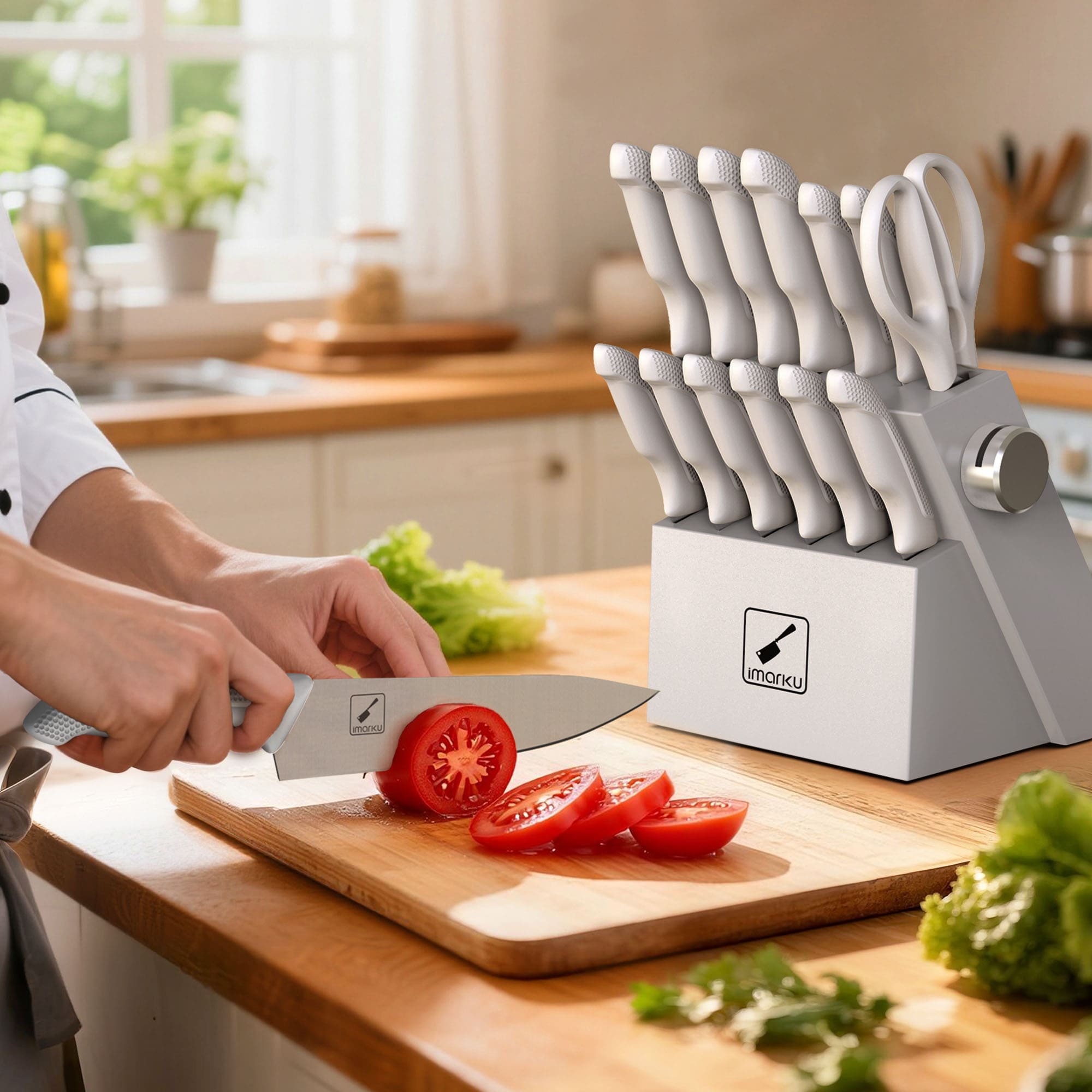
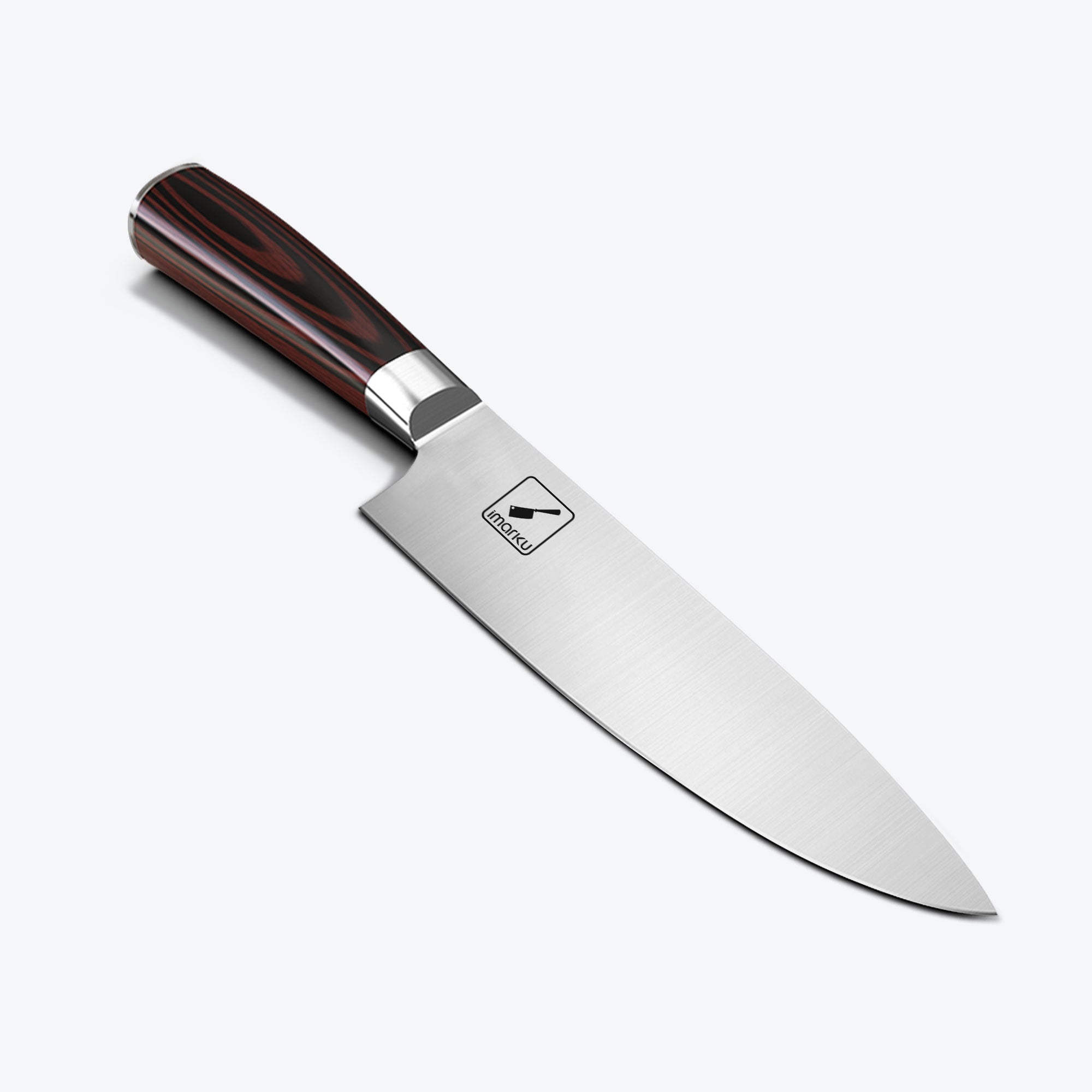
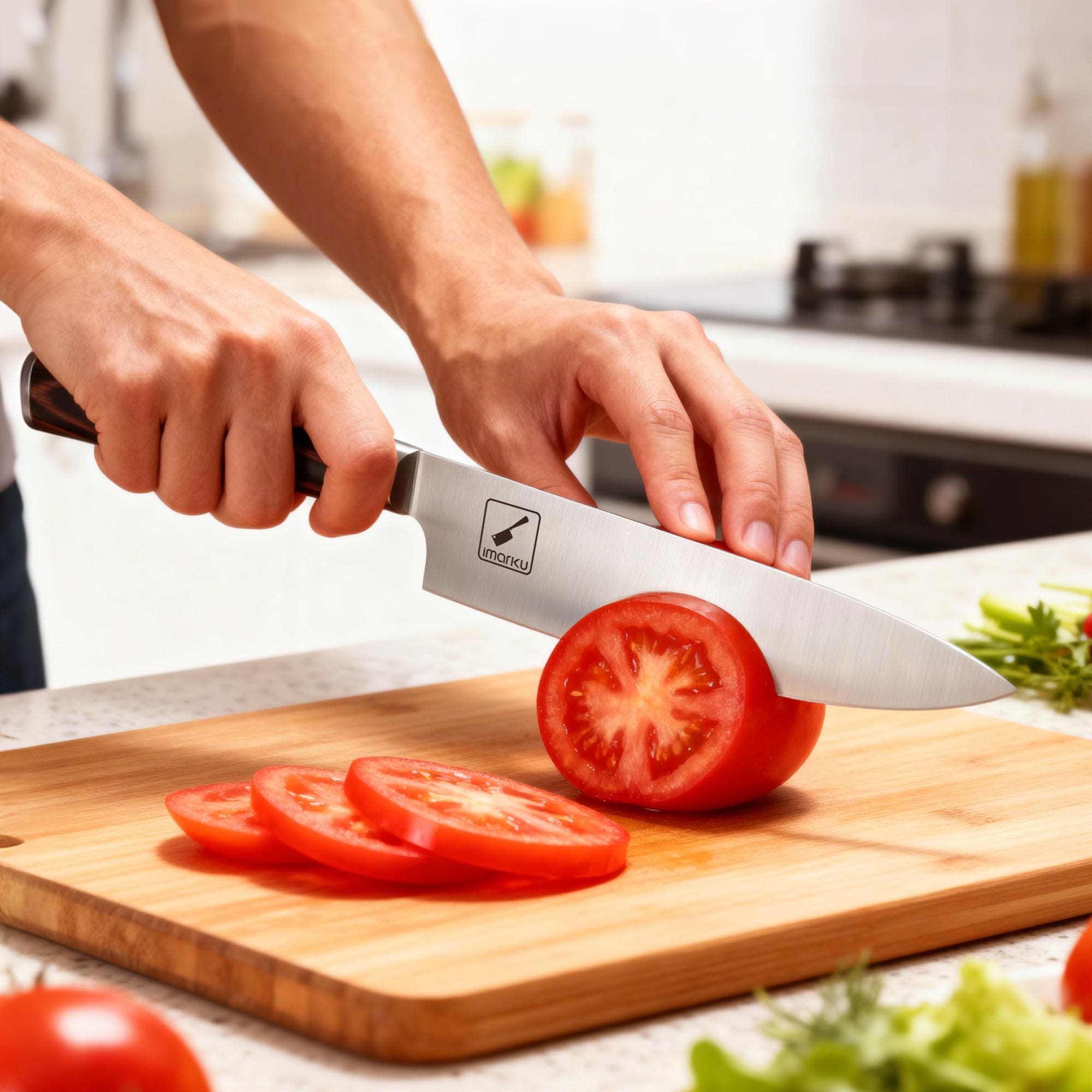
Leave a comment
All comments are moderated before being published.
This site is protected by hCaptcha and the hCaptcha Privacy Policy and Terms of Service apply.